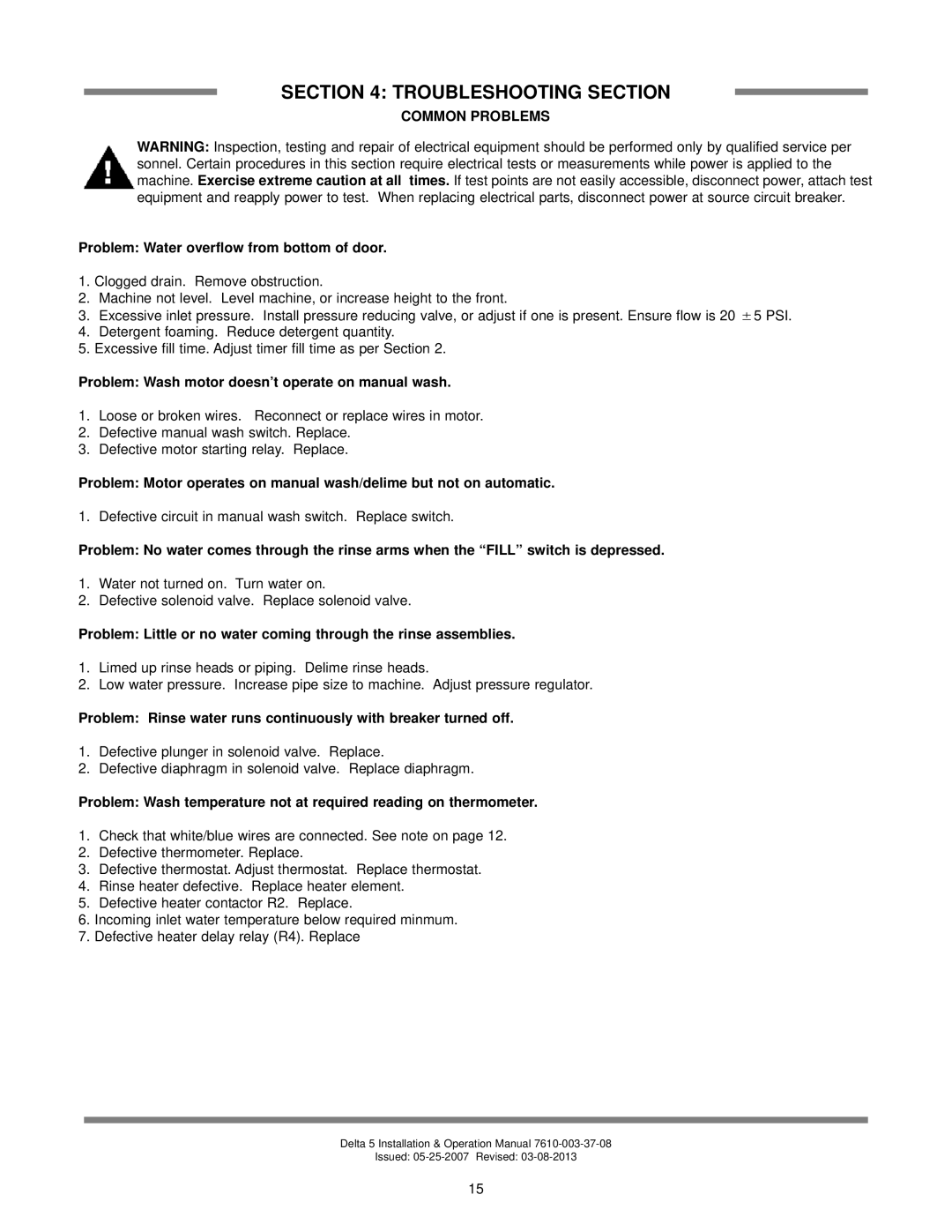Chemical Sanitizing Dishmachine specifications
The Jackson Chemical Sanitizing Dishmachine is a pivotal addition to commercial kitchens looking for efficiency, reliability, and top-notch sanitation. This machine is engineered to meet the rigorous demands of food service operations, providing a powerful solution for washing and sanitizing dishes, utensils, and cookware.One of its main features is the innovative chemical sanitization system, which utilizes a combination of hot water and specialized chemicals to ensure that all items are sanitized effectively. This process not only guarantees cleanliness but also adheres to health and safety regulations, offering peace of mind to operators and customers alike.
The machine boasts a high-capacity wash cycle, capable of processing large quantities of dishes in a short period. This rapid performance is essential for busy establishments, such as restaurants and catering services, where time is of the essence. The dishmachine is designed to handle various types of dishware, from delicate glassware to heavy-duty pots and pans, providing versatility in a single unit.
Another standout characteristic is its energy efficiency. The Jackson Chemical Sanitizing Dishmachine is designed with advanced technology that minimizes water usage and reduces energy consumption, making it an environmentally friendly choice for eco-conscious businesses. Its built-in energy-saving features help lower operating costs without sacrificing cleanliness or performance.
The intuitive control panel simplifies operation, allowing users to select between different washing cycles based on the level of soil and type of dishware. This user-friendly interface ensures ease of use for all staff members, minimizing training time and maximizing productivity. Moreover, the machine's robust construction ensures durability, consistently performing well in high-demand environments.
Additionally, the machine's compact design is ideal for establishments with limited space, maximizing functionality without occupying excessive floor area. The maintenance of the Jackson Chemical Sanitizing Dishmachine is also straightforward, featuring accessible components that make cleaning and upkeep efficient and hassle-free.
In summary, the Jackson Chemical Sanitizing Dishmachine is an essential asset for any commercial kitchen, integrating advanced sanitization technology, energy efficiency, and user-friendliness. Its design ensures consistent performance and reliability, helping food service operations maintain high standards of cleanliness and operational efficiency.

